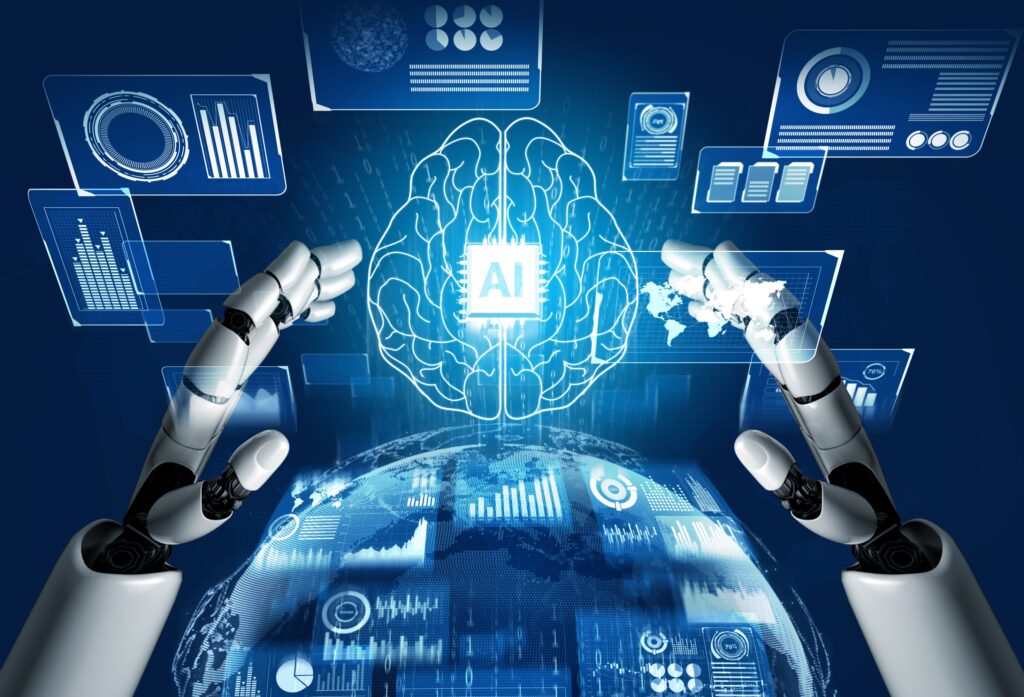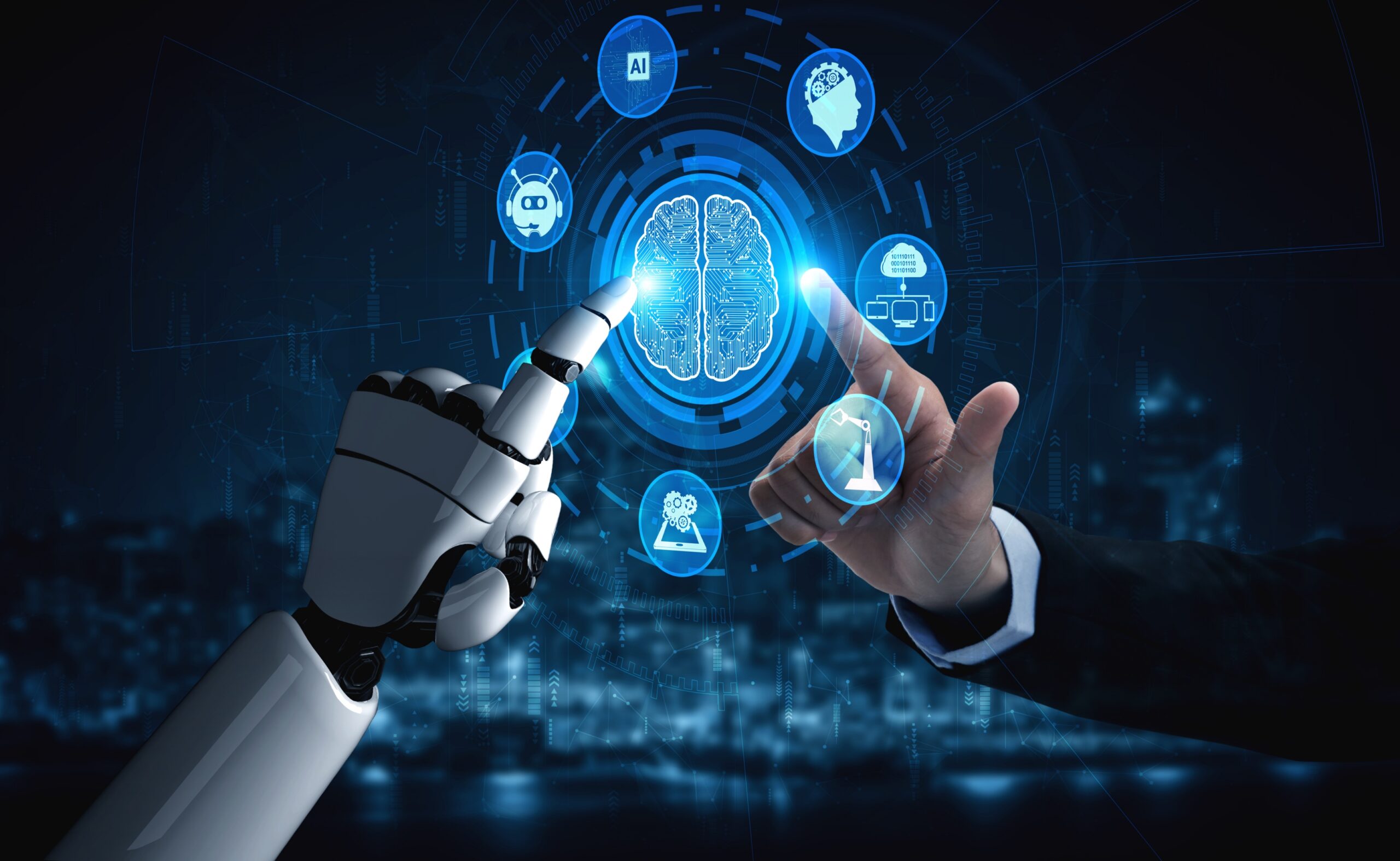In today’s digital-first world, data isn’t just a byproduct of business operations — it’s the engine that drives them. Yet, having mountains of data is one thing; turning it into smart, actionable decisions is another. That’s where Machine Learning (ML) steps in, reshaping the IT landscape and pushing it towards a future that’s faster, smarter, and more intuitive.
Gone are the days when IT was purely reactive — patching systems, responding to tickets, and analyzing reports after the fact. Machine Learning has ushered in an era where IT can predict, automate, and optimize in ways that were unimaginable just a few years ago. Let’s dive into how ML is transforming data into decisions — and decisions into real competitive advantage.

The Data Deluge: A Blessing and a Challenge
Today’s IT systems generate and collect more data than ever — from server logs and network traffic to application usage patterns and security alerts. While this provides endless opportunities for insight, it also creates a serious challenge: how to make sense of it all in real time.
Traditional methods simply can’t keep up. Manual analysis is too slow. Static dashboards miss the nuance. That’s why Machine Learning is now essential. ML algorithms can sift through massive datasets, recognize patterns, flag anomalies, and recommend (or even execute) actions — all at machine speed.
In short: ML doesn’t just process data; it transforms it into informed, timely decisions.
Predictive IT: Seeing Problems Before They Happen
One of the most powerful shifts ML brings to IT is the ability to move from reactive support to predictive operations.
Predictive Maintenance: Instead of waiting for servers to crash or networks to bottleneck, ML models analyze trends to predict when systems might fail or need optimization — allowing IT teams to intervene before issues impact users.
Capacity Forecasting: ML can anticipate future demands on systems based on historical usage patterns, seasonal trends, and emerging business needs, helping IT allocate resources more efficiently.
User Behavior Modeling: By studying how users interact with applications and systems, ML can predict support issues, security risks, and user experience challenges long before they become obvious.
In essence, IT becomes future-ready — not just solving problems, but preventing them.
Smarter Security: Machine Learning as a Silent Guardian
Cybersecurity threats evolve daily. Traditional, rules-based security models — although still necessary — simply can’t match the creativity and speed of modern attackers. ML adds an intelligent, adaptable layer of protection.
Anomaly Detection: Machine Learning can learn what “normal” behavior looks like across your networks and systems. Anything that deviates sharply from that baseline triggers alerts — often catching threats that static systems would miss.
Real-Time Threat Analysis: Instead of relying on past incidents alone, ML systems continuously learn from new attack patterns, adjusting defenses dynamically.
Automated Response: In some cases, ML-powered security systems can automatically isolate affected systems or block malicious traffic, reducing the window of vulnerability.
The result? Proactive, adaptive defense systems that are always learning, always adjusting, and always watching.
Intelligent Automation: More Than Just Saving Time
Automation has long been a part of IT, but Machine Learning takes it to the next level — making automation dynamic and context-aware.
Self-Healing Systems: ML-powered IT systems can detect performance drops or configuration errors and take corrective action automatically — often without any human involvement.
Smart Ticket Routing: In IT service management, ML can classify support tickets and route them to the right team instantly, improving resolution times and reducing human error.
Process Optimization: ML algorithms can analyze workflows and recommend improvements, helping IT teams refine operations and increase overall efficiency.
Automation isn’t just about saving time anymore — it’s about making smarter, more strategic use of human effort.
Unlocking Strategic Insights with ML
Beyond operations and security, Machine Learning is becoming a critical strategic tool for IT leaders.
By analyzing data from across the enterprise, ML models can reveal:
Trends in user behavior
Shifts in system performance
Emerging risks
Opportunities for innovation
Instead of relying purely on experience or gut feelings, IT leaders can base decisions on real-time, evidence-based insights.
This transforms IT from a back-end support function to a frontline business driver, influencing everything from product development to customer experience.
Challenges on the Road Ahead
Of course, integrating Machine Learning into IT isn’t without challenges:
Data Quality: Garbage in, garbage out. ML models are only as good as the data they’re trained on.
Skills Gap: IT teams need new skill sets to manage, interpret, and act on ML outputs.
Ethical and Privacy Concerns: Using ML responsibly means carefully considering how data is collected, processed, and protected.
Organizations that tackle these challenges head-on will be best positioned to reap the full rewards of ML-driven IT.
Machine Learning is no longer a futuristic luxury — it’s becoming a core capability for modern IT departments. By turning raw data into real-time, actionable decisions, ML enables IT to be faster, smarter, and more strategic.
From predictive maintenance and smarter cybersecurity to intelligent automation and deep strategic insights, Machine Learning is rewriting what’s possible in IT.
The future of IT leadership won’t belong to those who simply manage systems — it will belong to those who master the art of data-driven decision-making. And with Machine Learning, that future is already here.




